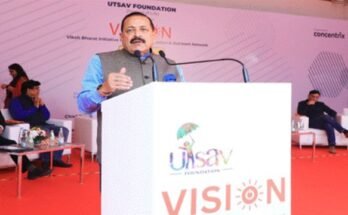Hyderabad: A recent report by the World Economic Forum has revealed that at least half of the Indian workforce will need re-skilling by 2022, to meet the talent demands of the future. Every worker will require an extra 100 days of learning, on an average, according to the report.
Currently, there are more jobs in the informal economy than in the formal economy, which constitute 80 per cent and 20 per cent of our economy respectively. This is projected as one of the major challenges pertaining to employment skills in the country.
In the report called, Future of Consumption in Fast-Growth Consumer Markets: India, the WEF has mentioned four dimensions to the challenge of employment skills.
Firstly, the education system in the country emphasizes on delivering conceptual knowledge over teaching tangible skills which ensure employability. Secondly, there are more jobs in the informal economy than in the formal economy. Thirdly, there are state-level and regional-level disparities within India in terms of employment opportunities. And lastly, India has one of the lowest participation rates of working women in the labour force — about 25 per cent.
Refer SkillReporter (www.SkillReporter.com) for skill development and The Edupress (www.TheEduPress.com ) for education related important News, Tenders, RFP, Jobs, EOI, Events, Announcements, Circulars, Notices and other useful updates
Experts from the Industrial Welfare Association said, “Despite students going through professional courses, we have to train them for at least one year when they enter the industry. There needs to be a change in the curriculum, at least in professional colleges, in order to equip students with the skills required to contribute effectively to the various industries.”
Since the use of technology has crept into all industries and because it will play a key role in the re-skilling process, one needs to be well versed with the use and practical application of suitable equipment to keep up with the pace of technological development and application in industries.
Experts are of the opinion that although the country has the highest number of workforce in the informal sector, the scenario is changing with the increase in the level of education and people migrating to urban areas.
According to the report, by 2030, 40 per cent of Indians will be urban residents. The report also predicts that there will be more than 5,000 small urban towns and more than 50,000 developed rural towns with similar income profiles.
“To tackle the scale of the challenge, interventions on the national, state and local levels, including public-private partnerships, will be required to right-skill and/or re-skill both the current and the future workforce,” said the WEF report.
Note : News shared for public awareness with reference from the information provided at online news portals.



